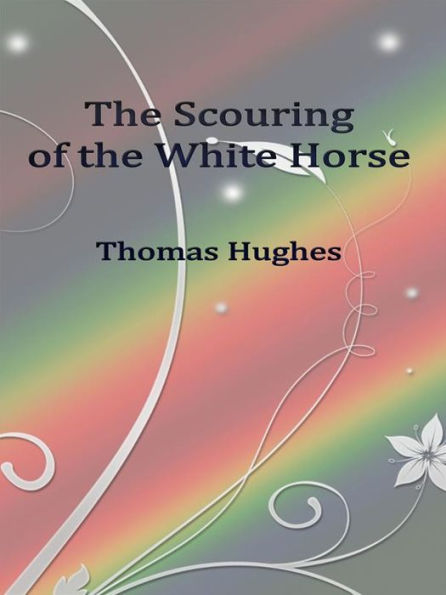The great success of the festival (or “pastime,” as it is called in the neighbourhood) which was held on White Horse Hill on the 17th and 18th of September, 1857, to celebrate the “Scouring of the Horse,” according to immemorial custom, led the Committee of Management to think that our fellow-county-men at least, if not our countrymen generally, would be glad to have some little printed memorial, which should comprise not only an account of the doings on the Hill on the late occasion, but should also endeavour to gather up the scattered legends and traditions of the country side, and any authentic historical notices relating to the old monument, of which we west-countrymen are all so fond and proud.
1102111615
The Scouring of the White Horse
The great success of the festival (or “pastime,” as it is called in the neighbourhood) which was held on White Horse Hill on the 17th and 18th of September, 1857, to celebrate the “Scouring of the Horse,” according to immemorial custom, led the Committee of Management to think that our fellow-county-men at least, if not our countrymen generally, would be glad to have some little printed memorial, which should comprise not only an account of the doings on the Hill on the late occasion, but should also endeavour to gather up the scattered legends and traditions of the country side, and any authentic historical notices relating to the old monument, of which we west-countrymen are all so fond and proud.
2.99
In Stock
5
1

The Scouring of the White Horse

The Scouring of the White Horse
Related collections and offers
2.99
In Stock

Product Details
| ISBN-13: | 9788822854230 |
|---|---|
| Publisher: | Publisher s11838 |
| Publication date: | 10/10/2016 |
| Sold by: | StreetLib SRL |
| Format: | eBook |
| File size: | 3 MB |
From the B&N Reads Blog
